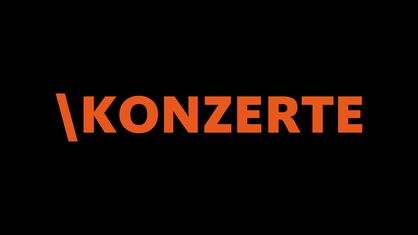
WDR Big Band Library — Notation, Scoring and Score Preparation
This guide provides practical advice for composers and arrangers who write music for the WDR Big Band. Using our collective years of experience as a guide, we have compiled some informative instructions to encourage a smooth workflow for the arranger, WDR library staff, conductors and musicians. These tips will help the arranger when writing scores and parts, and clearly define our requirements for page layout and page formatting. The instrumental capabilities for each individual musician in the WDR Big Band are also described. If you have any questions, please feel free to contact our staff.
General information:
The ‘house style’ of preparing music notation for the WDR Big Band has been established through decades of projects with many of the top arrangers in the big band world. Practicality when notating and preparing parts and scores has proven to be of utmost importance. We want to make the best use of our precious rehearsal time and fast-paced recording sessions, therefore conductors and musicians need to be able to interpret your sheet music easily and quickly. The WDR Big Band performs in many different venues, and sometimes in difficult lighting situations—either on dark stages, or brightly-lit show stages—or with an unusual distance between the player and their music stand. We need clean, legible and playable parts.
In order for your music to be played with as much care as you have given to the conception and creation of your arrangement, we request that the following guidelines be observed:



